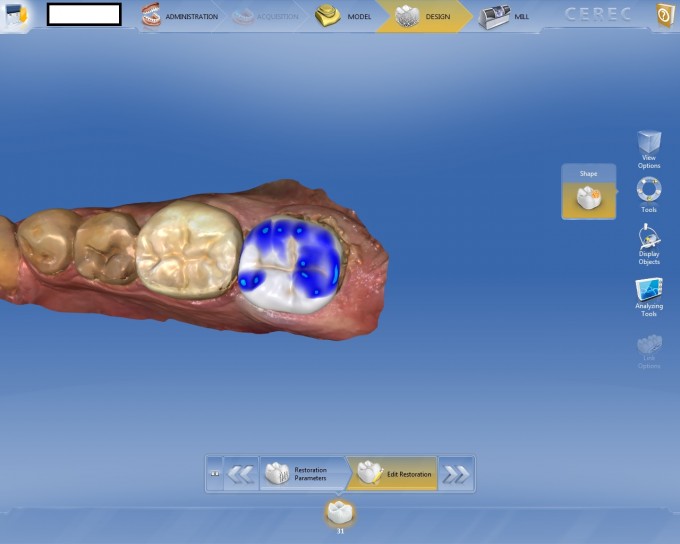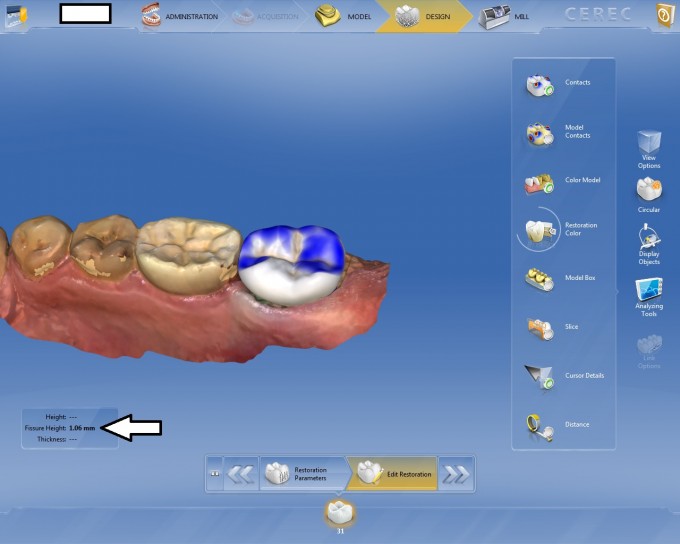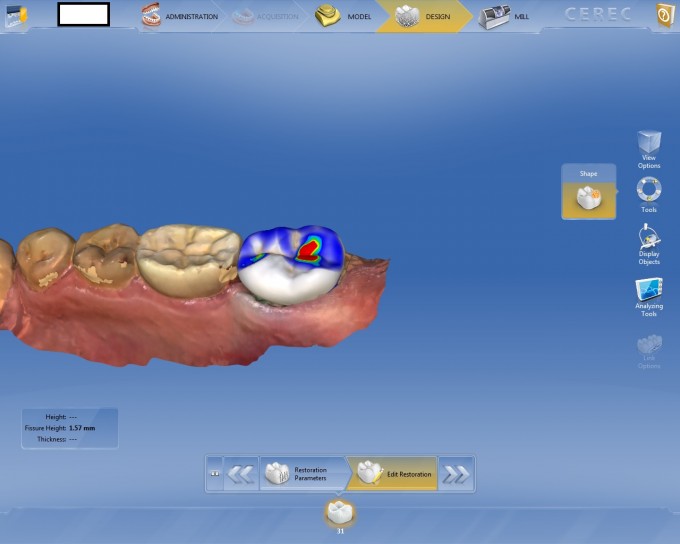CEREC Design - The first step in every design process!
When I teach doctors how to design a restoration, I always tell them that there is a mandatory 1st step. That first step is to check the fissure height. Why is this so important? For me, it all about being efficient. I want to get from images to mill as quickly as I can in a consistent manor. Let’s say that it takes you 5 minutes to design a crown. You get your proposal and then you do all the necessary steps to create perfect contours, contacts and occlusion. Then you remember that you need to check your central fissure. You check the fissure and realize that it is 1mm thick. Now what do you do? You have to raise your central fissure to make sure that you can get it thick enough for the material that you are using. You raise the fissure and get an adequate fissure height and what happens to the occlusal table of your restoration….. it is now flat as a board. Now you have to lower the high spots and hope to leave the fissure height at an adequate thickness. You end up spending another 5 minutes or more and come to realize that you are just better off prepping a bit more and getting a nicer proposal. If I would have checked that fissure thickness first by going to Analyzing Tools>Cursor Details, I would have saved 10 minutes of time on that procedure and had a much easier design.






